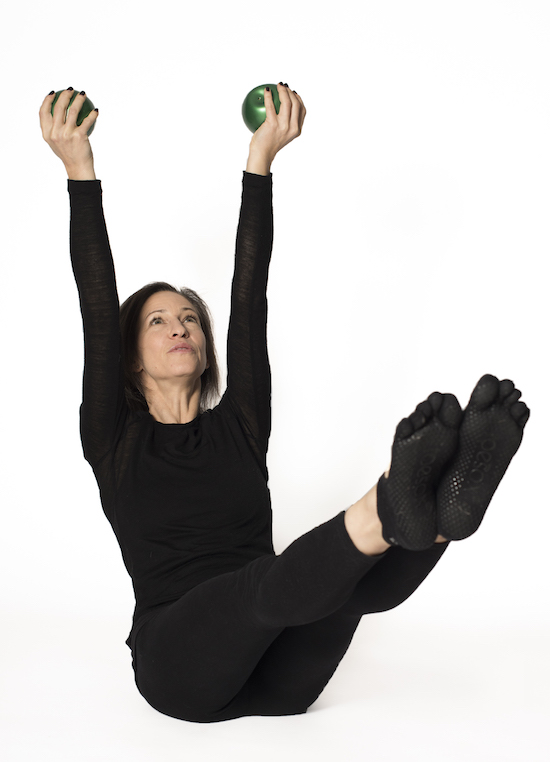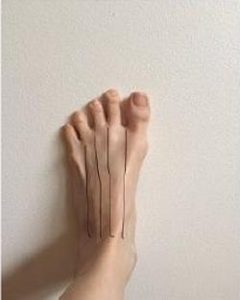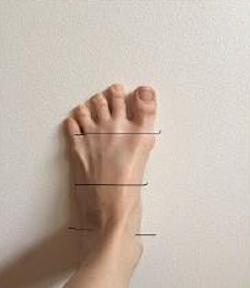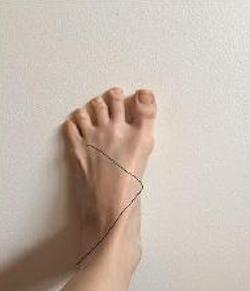
Having been in the fitness industry in a professional capacity for over 10 years, I have found that a sound structure is a fundamental element to a successful training plan. Structure is a direct reference to the bones and the joints that the bones form. Having a knowledge of joint structures and how they are designed to work makes a huge difference in how your training progresses.
A sound structure. If you feel that because you can hold a dumbbell, perform a forward bend or hold a handle attached to a cable and move it, you are structurally sound, you would be only partially correct.
Athletics are mostly looked upon as taking care of shoulders, legs, and hips- major body parts. One of the most overlooked areas of the body is the feet. We rarely consciously train our feet. Even in classes, such as yoga and Pilates, where no shoes are required, we are performing movement barefoot, but we are not consciously training our feet.
One of the fitness industry’s catchphrases is compensation, and it is one of the many variables that will make your training session seem too easy or highly challenging. If you perform your exercises the same way, all the time, your experience will be fairly easy, challenged only by the amount of load you impose, whether it’s by adding more weight, increasing the resistance on your exercise bike or even the amount of time you hold a yoga pose. Under the same load, those same exercises, with some structural tweaking, will become more challenging.
So, what part of our physical structure is the best candidate for scrutiny? Spine? Shoulders? Hips? In fact all of these pieces to the bigger puzzle are of equal importance, but my first choice is always to work on the feet. To borrow from a tire advertisement, you’ve got a lot riding on them.
Feet are fantastic little appendages that contain many working parts: 26 bones, oodles of muscles within the foot itself, and those which originate from the lower leg. There are several planes of motion available in the feet, as well as many axes of motion and many joint articulations. What this means is there is a lot going on in your feet, not least of all that they are the first line of defense when it comes to shock absorption (from the ground), and shock distribution to the rest of your body. Feet absorb the shock from the ground with every step we take, so it is very important that they are well prepared.
As alluded to, feet are highly mobile, and should remain that way so that they are working, and helping the rest of your body move well. Things like shoes and some shoe inserts do not complement the way feet are naturally designed. Since we often cannot go without footwear, becoming more aware of our foot mechanics while exercising will translate to harmonious function in other areas of the body. Besides all that, training the feet feels SO good!
Training the feet will require that you wear very pliable shoes or no shoes at all, at least until you can conceptualize how the foot moves in different exercise examples. You can make a quick assessment yourself just by having a look at the way your favourite shoes are worn out on the sole. This will tell you where you bear most of your weight, where you step down on the foot most frequently, and where you need to load more through the foot.
Having your feet assist you in your favourite activities can make your choice of exercise – and daily foot function – go a long way in terms of challenging your body. By using the feet in your lunging, jumping and squatting – as well as in your yoga poses, Pilates movements and cardio machinery use – you will elicit a response from other parts of the body, as they have to adapt to the change in foot position. When you step one foot on to a slippery surface, the brain has to address the feet as to how to navigate the slippery surface, because too much weight in one direction or another may result in a fall.
Here is the lay person’s guide to beginning to understand footwork:
Figure 1 shows how the foot has “breaks” in it where it moves side to side, or in the frontal plane. For example, standing on a rolling pin lengthwise, your foot would “fold” over the rolling pin roughly where the lines have been drawn. (Other areas of the foot facilitate this kind of motion, but for these purposes, we’ll keep it basic.)

Figure 2 shows the primary breaks in the foot where the foot will move when stepping specifically forward and back, or in the saggital plane. To test this in a practical manner, take your same rolling pin and roll it along your foot from heel to toe and back again.

Figure 3 is a good image of how a healthy foot should react to stepping down and releasing.

As one steps, the foot collapses where the point of the “V” shape is when it is under the most load. As one releases from that position, the arch gets “fluffier” or rises from the ground. And yes, even flat feet go through this process!
If you’re going to walk, run, skip, jump, hop, skate, ski, lob a ball, squat, tree pose or wear heels, then you are a contender for paying close attention to what your feet are doing.
The next time you are engaging in your sport, be mindful of using your feet to enhance your performance; use the entire foot, not just the heel, not just the ball of your big and small toes, but the whole apparatus.

